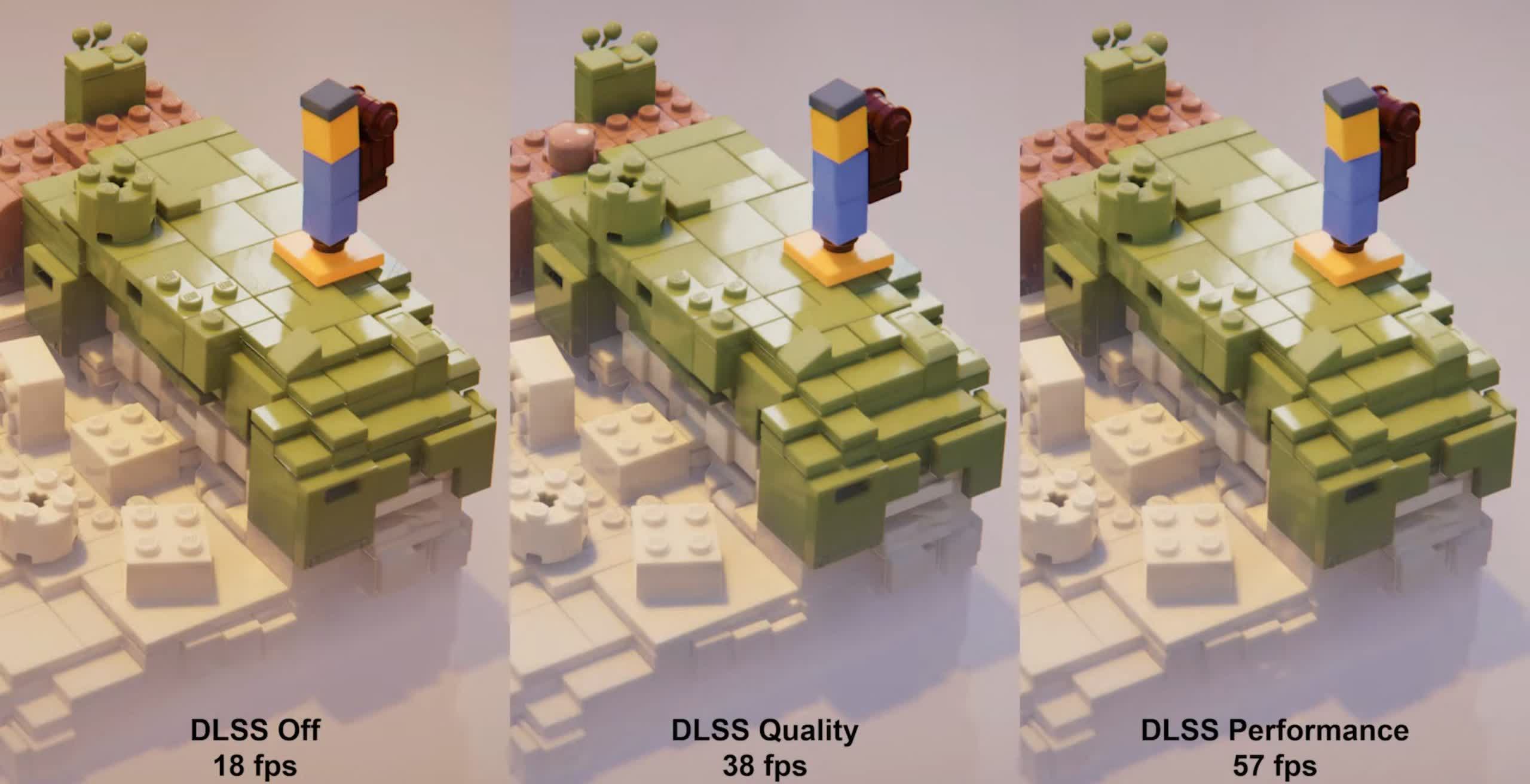Something to look forward to: Nvidia's framerate boosting Deep Learning Super Sampling (DLSS) tech wasn't very good at launch, but these days, it's fantastic; and only getting better over time. DLSS is now available across dozens of PC games, AAA or otherwise, and can provide substantial framerate boosts in GPU-bound scenarios. Fortunately, it's about to get even more widespread: the Unity game engine is getting native DLSS support by the end of 2021.
Since Unity is one of the most popular game engines in the world (especially among indie developers), this will be a major win for everyone: Nvidia, developers, and players alike. Of course, developers will still need to actively implement the technology, but it should be a lot easier moving forward. Since DLSS's effectiveness partially depends on the quality of its implementation, it's helpful to make that process as smooth and easy for developers as possible.
Unity's DLSS support will reach the engine through the "High Definition Render Pipeline" in its 2021.2 update, which, as previously noted, is scheduled to release sometime before the new year kicks off. A more specific release date will likely be shared as the integration nears completion.

"With just a few clicks you will be able to activate DLSS in Unity and choose between various quality options to get a boost of performance with equivalent, if not better visual quality," said Mathieu Muller, Senior Product Manager in Unity's High-End Graphics division. "...enabling high-end graphics, 4K gaming, games with high framerates, real-time ray tracing, and high-end VR."
In the above announcement video, Muller shows off a Unity-built game featuring both real-time ray tracing and an early version of the engine's DLSS plugin. The title in question is Apple Arcade's Lego Builder's Journey, a "poetic puzzle" brought to life with the most "accurately rendered LEGO elements yet to feature on screens."
We look forward to seeing DLSS's official Unity integration in action, as well as AMD's competing "Super Resolution" technology (whenever that comes out).
https://www.techspot.com/news/89314-unity-set-gain-native-nvidia-dlss-support-end.html